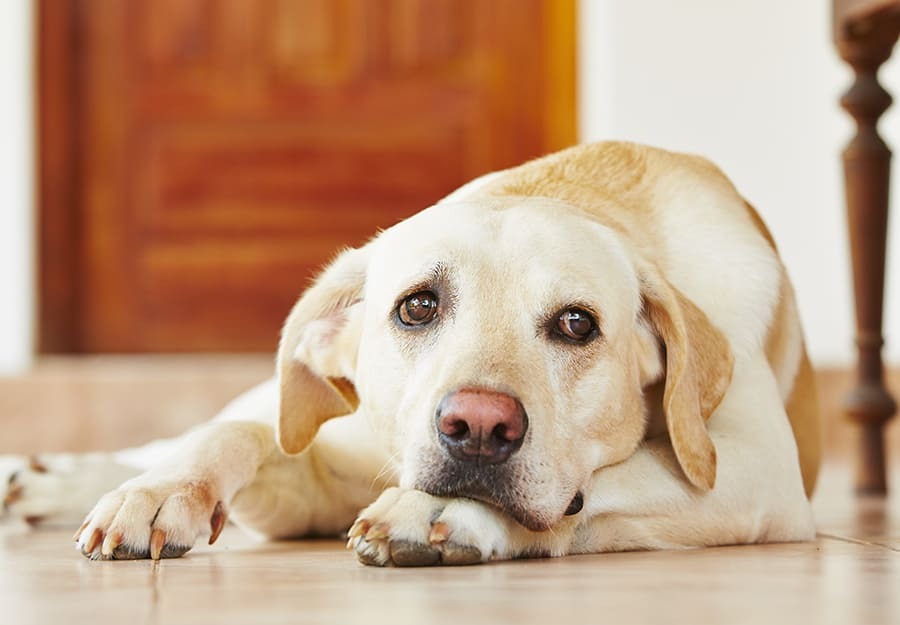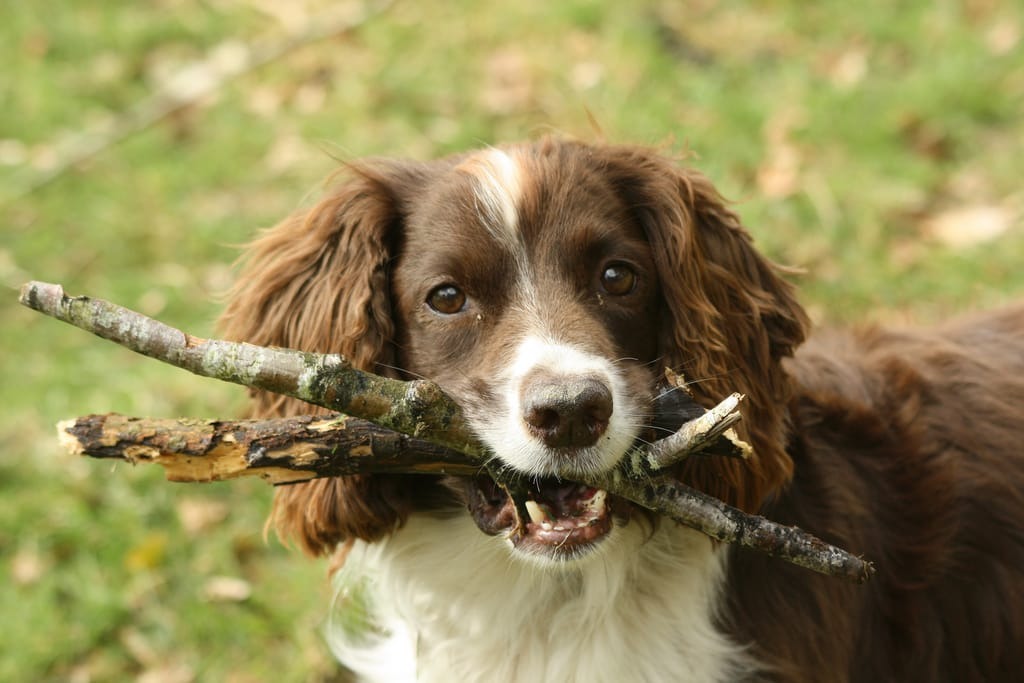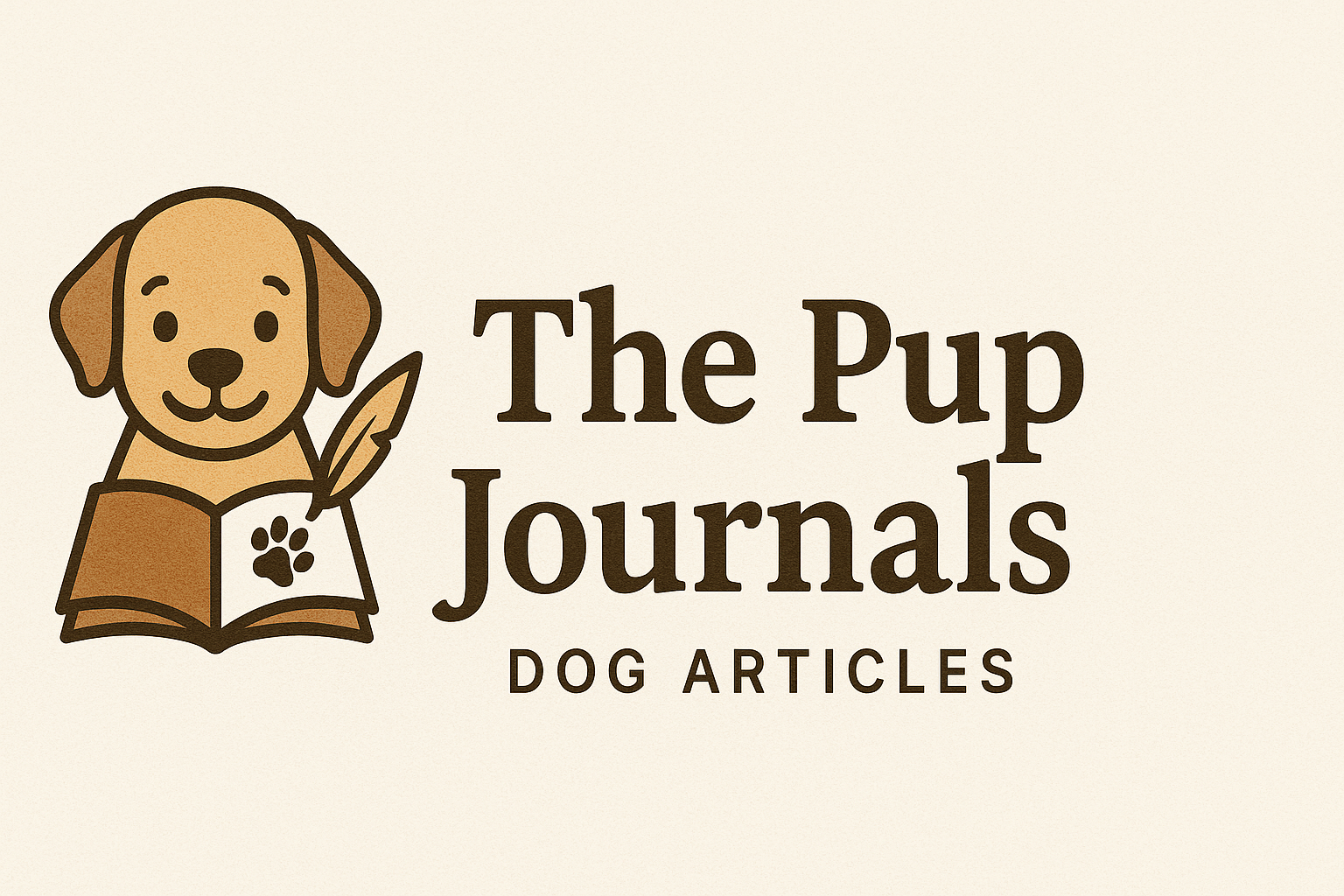
Table of contents
Yes, dogs eat grass, and many owners notice this behavior regularly. While it may seem odd, it’s usually harmless. Some dogs may eat more grass in certain seasons, like spring, or when they’re hungry or have just eaten. Tracking when and how often your dog eats grass can help identify patterns or possible underlying issues. About 10–20% of dogs eat grass regularly, and environmental factors like season or humidity may influence this. Grass may also serve as a source of hydration or even social behavior. Monitoring these habits can help distinguish between normal grazing and signs of digestive discomfort.
Why Your Dog Could Be Munching on Grass?
There are several reasons why dogs nibble on grass. Recognizing these instincts can help determine whether your dog’s habit is typical or needs addressing.
1)Your Dog Enjoys the Flavor:
Some dogs are simply fond of the flavor and feel of grass. Lush, green grass can be enticing, particularly in warmer seasons. If your dog occasionally munches on grass without complications, it could merely be a preference. In fact, canine taste receptors respond to certain sweet and bitter compounds found in grass, and many experts believe that dogs derive sensory satisfaction from the texture and slight moisture. This grazing can be akin to humans choosing crunchy snacks, not for nutritional necessity but for sensory pleasure.
2)Looking for Additional Fiber:
Grass contains dietary fiber, which aids digestion. If your dog’s meals lack sufficient fiber, they might instinctively consume grass to make up for it. A fiber‐rich diet may help decrease this tendency. Inadequate fiber in commercially prepared kibble can lead dogs to seek supplemental roughage. Fiber aids in stool formation and promotes gut motility; when dogs feel constipated or experience irregular bowel movements, they may instinctively chew grass to bulk up their fecal matter and speed transit through the intestines.
3)Boredom or Stress:

Dogs need cognitive engagement. When they’re bored or feeling stressed, chewing grass might serve as a distraction. Supplying interactive toys and regular physical activity can help diminish this behavior. Environmental enrichment—such as puzzle feeders, hide-and-seek games, or intermittent training sessions—can significantly reduce boredom‐driven chewing. Dogs left alone for extended periods, especially puppies or high‐energy breeds, are more prone to graze to fill the idle time. Monitoring how often grazing coincides with downtime can highlight whether mental stimulation is the missing piece.
4)Stomach Discomfort:
Certain dog eats grass when experiencing nausea. The idea is that grass may prompt vomiting and alleviate unease. Yet, research indicates most grass‐eating dogs do not appear sick beforehand. While some dogs do vomit shortly after eating grass—likely because the fibrous blades irritate the stomach lining—studies show that fewer than 25% of grass‐eating dogs exhibit clear signs of nausea beforehand. This suggests that while staving off gastrointestinal upset is a factor for some canines, it is not universally true. Still, if your pet repeatedly vomiting after grazing, it could be their way of self‐medicating an upset stomach.
5)Expelling Parasites:
Some experts suggest dogs might chew grass to aid in expelling intestinal parasites. The coarse nature of grass could help cleanse their digestive tract. In environments where dogs frequently encounter contaminated soil or older canines with a history of parasitic infestations, veterinarians have observed increased grazing behaviors. The texture of grass blades may help dislodge parasites adhering to the intestinal lining, acting as a rudimentary, natural deworming method. However, routine fecal exams and prophylactic deworming remain the most reliable ways to keep parasites at bay.
6)Innate Behavior:

Dogs are inherently scavengers. Wild relatives of domestic dogs have been observed eating vegetation, including grass. This implies that grass consumption may be an ingrained behavior inherited from ancestors. Wolves, coyotes, and other canids in the wild often consume plant material—roots, grasses, and berries—particularly when prey is scarce. These ancestral foraging behaviors are still hardwired in domestic dogs, manifesting as intermittent grazing even when they have sufficient meat‐based nutrition. Essentially, it’s part of a survival toolkit passed down through generations of natural selection.
Is There Cause for Concern?
Usually, grass-eating isn’t dangerous. Still, if your dog consumes large quantities of grass or consistently vomits afterward, it’s advisable to contact a veterinarian. Look out for signs that may point to a deeper issue:
- Eating grass but rejecting regular meals
- Repeated vomiting post grass consumption
- Displaying signs of sickness, like fatigue or diarrhea
- Excessive or compulsive grass-eating
In rare cases, dogs that consume grass contaminated with pesticides, herbicides, or toxic fertilizers can experience poisoning symptoms such as drooling, seizures, or neurological tremors. Always inspect your lawn for chemical treatments and ensure public parks are pet‐safe before letting your dog graze. If you notice lethargy, rapid breathing, or unusual behavior after your dog eats grass, seek immediate veterinary care.
How to Discourage Your Dog from Eating Grass?
If you’re looking to curb your dog’s grass‐eating habits, consider these straightforward approaches:
1)Enhance Their Nutrition:
Ensure your dog’s diet includes ample fiber. Nutritious, well‐balanced dog food can make a difference. Adding steamed or cooked vegetables might also support digestive health. As an alternative, some trainers recommend incorporating dog-safe fibers like canned pumpkin or psyllium husk directly into meals. Always introduce new food items gradually to avoid digestive upset, and consult your veterinarian for tailored dietary recommendations based on your dog’s age, breed, and activity level.
2)Increase Physical Activity:
A dog lacking stimulation might resort to grass‐chewing for amusement. Boost their activity level through walks, play sessions, and engaging exercises. Structured exercise—such as interactive games of fetch, agility drills, or swimming—can reduce idle time and redirect your dog’s natural foraging instincts into healthy outlets. Even brief bursts of play, several times a day, can drastically cut down on boredom grazing.
3)Provide Mental Challenges:
Puzzle toys, obedience training, and mentally enriching tasks can help keep your dog engaged and reduce boredom‐induced grass consumption.
Enrichment need not be expensive, homemade snuffle mats, food-dispensing toys, and simple “find-the-treat” games encourage natural foraging behavior without access to grass. Rotating toys and activities regularly prevents monotony and makes each session novel and stimulating.
4)Schedule Regular Veterinary Visits:
Routine check-ups can help detect any hidden medical concerns. If your dog persistently eats grass, a vet can rule out health issues. Laboratory tests—such as complete blood counts, chemistry panels, and fecal examinations—can uncover nutrient deficiencies, liver or kidney dysfunction, or parasitic infestations that might be driving your dog to seek supplemental fiber or induce vomiting. Early intervention often prevents escalation into more serious conditions.
5)Use Reward-Based Training:
Teach commands such as “leave it” and reward compliance. This method helps discourage undesired behaviors like grass-eating. Consistency is key—practice “leave it” during daily walks by luring your dog away from tempting foliage and immediately offering praise and treats when they comply. Over time, dogs learn to shift focus away from grass and toward the positive reinforcement of pleasing their owners. Beyond these five strategies, you can also designate specific “off-limits” zones in your yard and install gentle barriers or motion-activated deterrents to interrupt grazing before it starts.
Conclusion
Grass-eating is usually normal, but if it leads to health issues, take action. Monitoring your dog’s habits and making small changes can keep them healthy and happy. Happy dog, happy you!
Reference : Read More


2 Responses